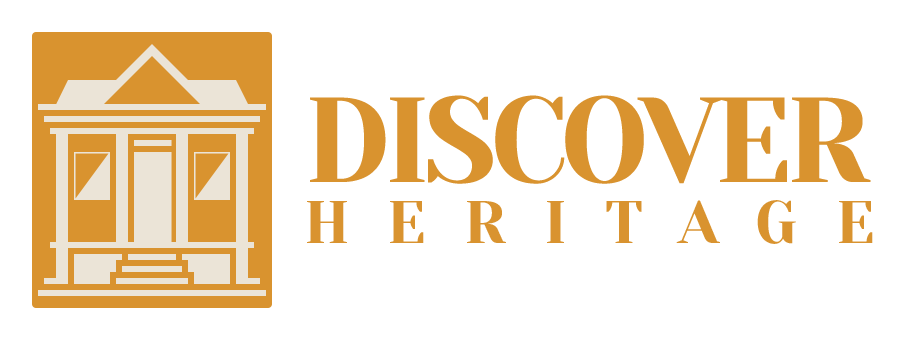The life of Rachel Pringle Polgreen nee Lauder was a colourful one. She lived between 1753 – 1791. We will take a glimpse through the window of history, with a view to the life she lived in sixteenth century Bridgetown.
Many of the hotels in early Bridgetown were managed by Coloured women and Rachel Pringle Polgreen nee Lauder was one such female proprietor. She has been placed in Barbadian colonial history as the off-spring of an enslaved woman and a White Scottish man named William Lauder. Rachel’s mother was Lauder’s domestic servant. To my knowledge, the race of her mother has not to date been noted in the historical record. Therefore, it can be that her mother was not necessarily a Negro enslaved woman, but she could have been an enslaved Coloured woman, as the status and not the race of the mother dictated the status of the offspring. There was a Coloured segment among the enslaved population.
Rachel’s father seemed to be one who lived by his wits. He was described in the record as a refugee, who was fleeing allegations of literary fraud in England. He was employed as Head of the Harrison’s Free School, which at the time was located in Spry Street, at the current site of the Exchange Museum. Being employed there for about eight years, it was discovered that in all those years he had not instructed one student and he was summarily dismissed. Incestuous tendencies also seemed to be one of his many character flaws as it came to public attention that he had made sexual advances toward his young daughter. After she protested his advances, which some writers posit as having been rape, he handed her to the town constable to be subjected to a public whipping. Navy Captain Thomas Pringle of the HMS Ariadne saved her from the public humiliation and the other hardships of her life. He paid the fine for her release, purchased the slave girl, emancipated her by paying her father a hefty sum, and set her up in business. These chain of events served to transform her status and fortunes, as she officially became noted as a free woman of colour and business-woman.
Consequently, she abandoned her father’s name and took that of Captain Pringle, built her business, and among her peers, became a well-respected entrepreneur in Bridgetown. In that space she was “renowned for building a Bridgetown hospitality business that catered to naval and military personnel stationed on the island,” which included Prince William Henry, the son of King George the III, who would accede to the throne after his father as King George IV.
As the window closes on this account, it gives testimony to the struggles of the time and the fortitude of the disenfranchised who fought against the odds to make a better life for themselves and others. Furthermore, these occurrences would transpire in an era when these women seemed to be living lives that seemed beyond their time.
Additionally, there is a well-known image of Rachel Pringle which has been circulated across the world and attention to this caricature has elicited much discussion over time. Temi Odumosu posits, that this Thomas Rowlandson etching is the only known image of Rachel Pringle. This was published by William Holland in 1796, five years after her death. Rowlandson is a caricaturist/satirist, who apparently never met Rachel but may have allegedly acquired it from an angry and dissatisfied patron of her hotel. Could this have been E. D. as noted in the left bottom corner of the portrait?
Peruse the attached image. Do you think that she is depicted as unattractive hence undesirable, portrayed in a stereo-typical manner, or could body image and size be denoting prosperity?
Comment, so that we can have a healthy discussion.

